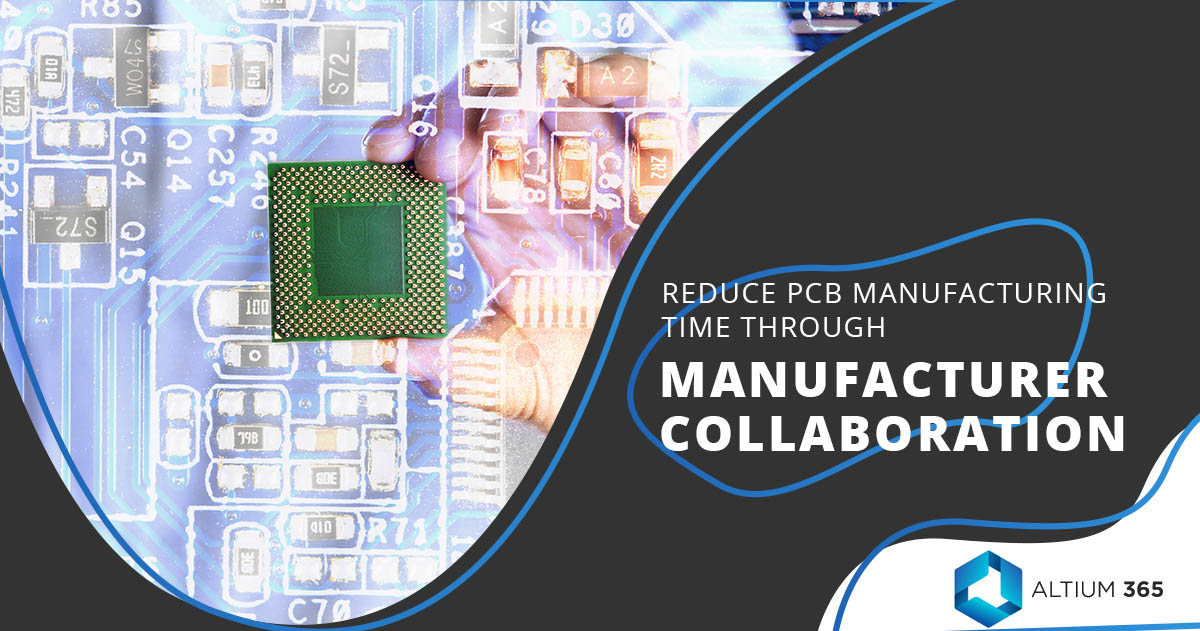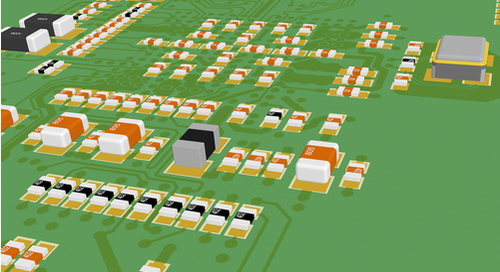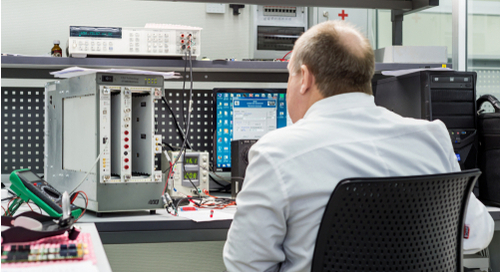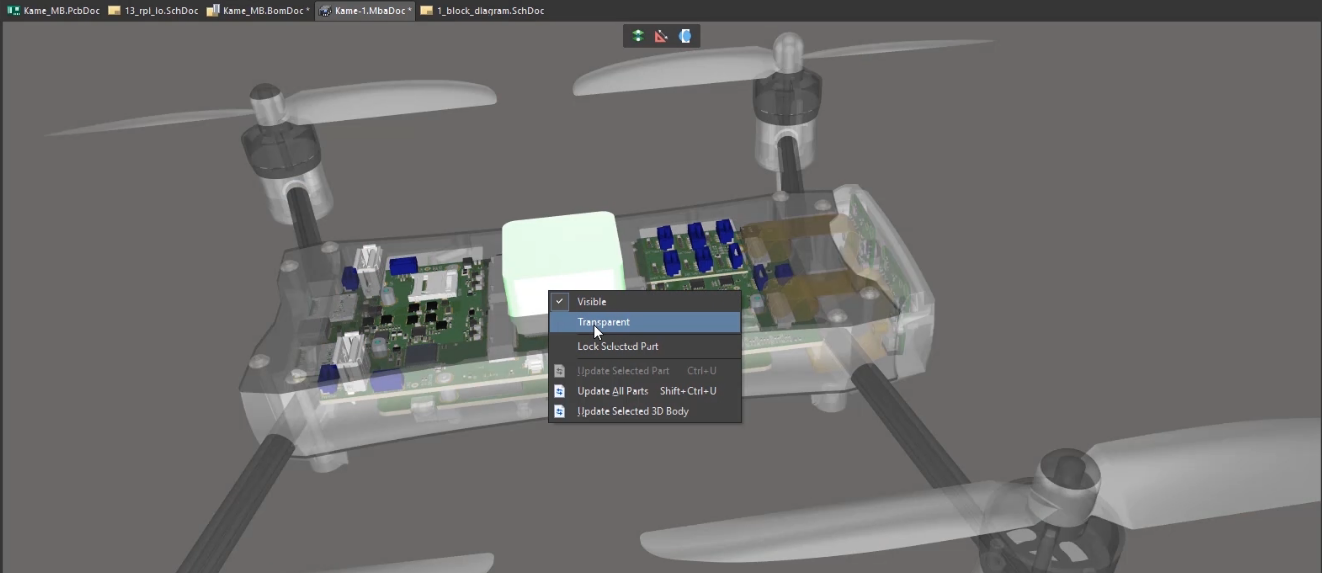Reduce PCB Manufacturing Time Through Manufacturer Collaboration

In a recent interview with PCB007, Altium VP of Marketing Lawrence Romine recalled a brief conversation with Tara Dunn, who remarked that all designs her company receives for manufacturing get put on hold. If you’re a manufacturer, this probably doesn’t surprise you; some designers can be very cavalier with their design choices. Although these designs may be innovative and useful from a signal integrity and layout perspective, they may not be manufacturable or may result in low yield.
The trick to avoiding redesigns and to reduce PCB manufacturing time is to collaborate with your manufacturer early in the design process. Manufacturers will tell you that it's best for designers to talk to their fabrication and assembly house earlier in the design process. Whether at the beginning of a design cycle or right before fabrication, the most seamless way to reduce PCB manufacturing time is to use a cloud-based system for data access, sharing, and collaboration on design changes.
Inefficient Collaboration = Delayed Manufacturing
The industry still largely uses file transfers between the two domains. My customers still prefer to use FTP access or email to send and receive design files. While this is fine when we need to receive initial requirements, documentation, or schematics, it becomes a time-suck when your designer has a complex question for the customer’s engineer. We’ve had to take screenshots of the layout, modify them in photoshop to include questions and indicate specific layout points, send them to the customer, and wait days for a response. When your customer is trying to take their design to a manufacturer as soon as possible, any time spent waiting increases their risk.
We’ve had to implement the same inefficient communication process when working with manufacturers. Over time, we’ve managed to narrow down to a select list of manufacturers and compile their DFM recommendations, but we still have to ask questions whenever we are unsure of manufacturability. Back-and-forth file transfers with a customer or a manufacturer also make mechanical changes difficult, and we’re often stuck resorting to screenshots and screen shares during Skype calls. This is also important when we need to verify some mechanical aspect of a design, such as arrangements of multiple boards, bend regions on a flex or rigid-flex board, and clearances.

Given the wealth of file sharing services, chat and video meeting services, and cloud backup services, overcoming these inefficiencies in dealing with manufacturers has become much easier. Although these services make data transfer and communication easier, it is still difficult to collaborate directly on the same design data in real-time. If you want to prevent your design from receiving no-bid status, or if you need to reconcile required design changes with your manufacturer, then you need to have access to the same design data in a reliable cloud portal that is built for PCB design and management.
What Does Cloud-based Collaboration with PCB Manufacturers Look Like?
I’ll say with certainty that the best collaboration process, both with an end customer or a manufacturer, is extremely difficult with back-and-forth file sharing via email. This holds true for everything from software to written documents. Back-and-forth file sharing creates a long chain of files that need to be stored and tracked in each iteration. It’s a time consuming process, and rolling back to a previous version of a design seems to take longer than reverting a design change manually.
Altium 365 gives a manufacturer and a designer a portal to access a shared design through the cloud. Once a designer shares their files with their manufacturer, both sides can collaborate to get through design reviews, source components, and execute any required design changes quickly. Everyone working on a project can see each other’s changes, and they can push changes to each other for real-time design review and qualification. This type of collaboration requires a number of features that are normally fragmented across different cloud platforms:
- Revision tracking and version control: In the event that a design change needs to be rolled back, designers need to be able to revert to previous versions of a design quickly and easily. Rather than confining these features to separate environments, a designer and manufacturer need to track revisions and revert to previous versions of the same design data.
- Design data exchange in real-time: Any design data changes need to be sent between a designer, customer, and manufacturer at the click of a button. This eliminates the confusing, time-consuming email chains of yesteryear.
- Component data and supply chain visibility: Rather than compiling and recompiling libraries and sending them through email, manufacturers should have this data accessible alongside their supply chain information.
- MCAD collaboration: Everyone focuses on the electrical side when it comes to PCB design, but advanced electronics are carrying more stringent mechanical requirements. This is especially true with flex and rigid-flex PCBs.

Reduce PCB Manufacturing Time with Altium 365
When your designers and manufacturer can work together with a single cloud-based electronics design and management platform, design data can be easily passed back and forth, and design updates can be highly streamlined. Altium 365 provides these important benefits alongside the standard design features in Altium Designer. Because data exchange takes place on the cloud, designers can easily collaborate with their manufacturer in real time on all aspects of their new products.
Altium 365 also provides support for advanced designs that carry strict mechanical requirements and have unique enclosures. The ECAD/MCAD collaboration features allow designers and manufacturers to ensure design changes will work within mechanical constraints while remaining manufacturable. These changes can also be shared with customers within the same platform, creating a unified experience for all parties.

The sharing and data management tools in Altium 365™ are ideal for collaboration with your customers and manufacturers. You’ll be able to reduce PCB manufacturing time by preventing or streamlining any redesign process. This also helps you increase yield by ensuring your board will be fully manufacturable within your fabricator’s capabilities. These management and collaboration features integrate with the industry-standard PCB design tools in Altium Designer®, forming the industry’s most powerful design and production planning platform.
Contact us or download a free trial of Altium Designer® and Altium 365™. You’ll have access to the industry’s best MCAD/ECAD co-design, PCB layout, documentation, and data management features in a single program. Talk to an Altium expert today to learn more.
